Design & build
Like all devices to come off the assembly line at Astell&Kern, the SE200 is certainly a ‘statement-piece’. It’s a big, abstract, trapezoidal piece of hardware that oozes ‘premium tech’ from the moment you lift open the roof on its minimal, black retail box. The SE200 tips the scales at 274 grams and sports a 5-inch, 720 x 1080 HD touchscreen that takes up nearly the entire front panel of the device. The SE200 is certainly no shrinking violet and it really makes for a large handful. It’ll squeeze into your jeans pocket – just – but the SE200 is better suited to resting gently on your desktop or lap while you’re stationary. I have no doubt that many a listener will use the SE200 to great effect on-the-go as a high-end portable solution, but please note that it’s not the wieldiest of devices. Making it a trickier mobile proposition are the Astell&Kern SE200’s distinctive, angular aluminium edges. I have no doubt that in a pinch the SE200 could be used to great effect as a self-defense tool – it’ edges and corners are pretty gnarly. Astell&Kern sell an optional leather case for the SE200 for a further $200. While this makes the asking price of the SE200 uncomfortably close to two grand, I must say it really is an essential. Without it, you’re looking at having more than a couple of holes worn through the fabric of your pockets thanks to the SE200’s sharp edges and corners.
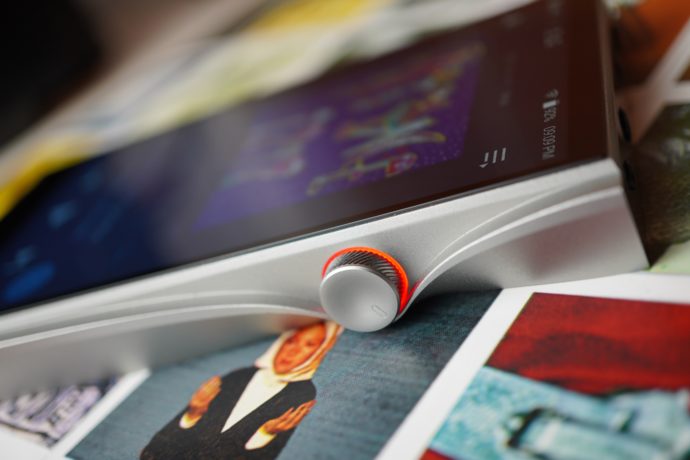
The abstract aluminium sides of the Astell&Kern SE200 are intermittently flat and curved to a rather stunning effect, but as is the case in most Astell&Kern devices the pièce de résistance really is the excellent volume knob. Underlit by an LED light that changes to denote the different types of hi-res files it’s currently playing, the SE200’s knurled, machined solid aluminium volume knob is tactile, precise, and is great to use.
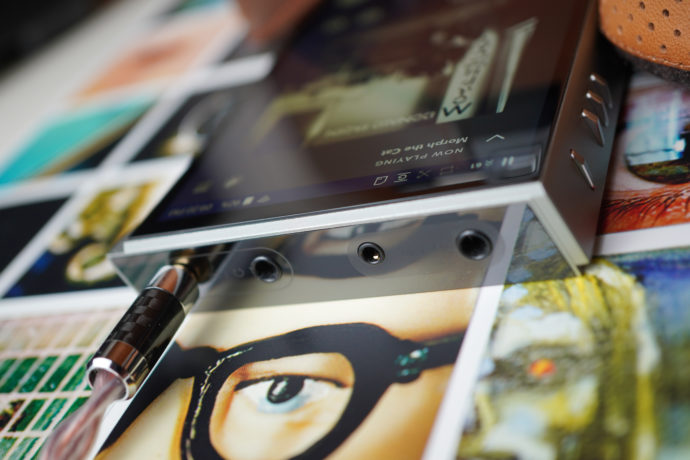
Core functions of the SE200 – powering the device, turning the screen on and off, and standard play/pause/forward/reverse playback setting are managed by four discrete aluminium buttons on the left side of the device. Power and data are managed via a USB-C port on the underside of the SE200, just next door to the micro-SD slot. Astell&Kern claims a longevity of ten hours for the SE200 from a single charge whilst using the AKM side of the device, and curiously, an additional four hours from the ESS side of the device for a claimed total of fourteen hours battery-life. I didn’t put aside 14 of my life to put the SE200 through a battery torture test, but regular sporadic use of the device tells me that it’s not unlikely that it can get within the ballpark of these figures.
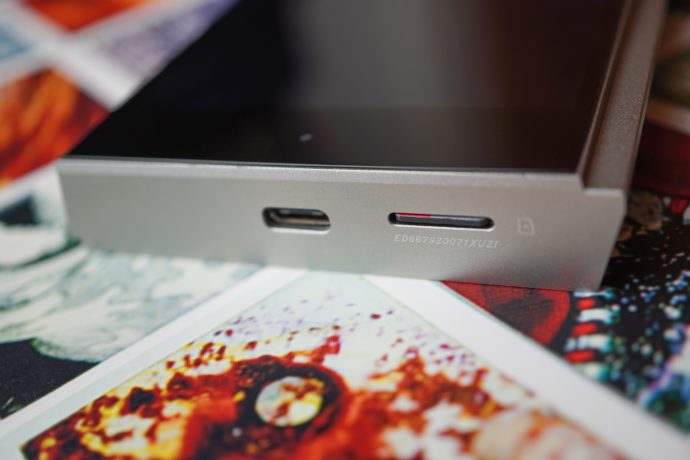
The top and rear of the SE200 are made of an impossibly shiny yet dark reflective material which Astell&Kern call ‘ceramic plate’. It looks incredibly impressive in the flesh, however, you do feel like wincing every time you gently place the SE200 down on your desktop – you sure as hell don’t want to go scratching your nice new DAP, although the build of the SE200 certainly doesn’t give you any indication that it’s not as sturdy as it is Avante Garde.
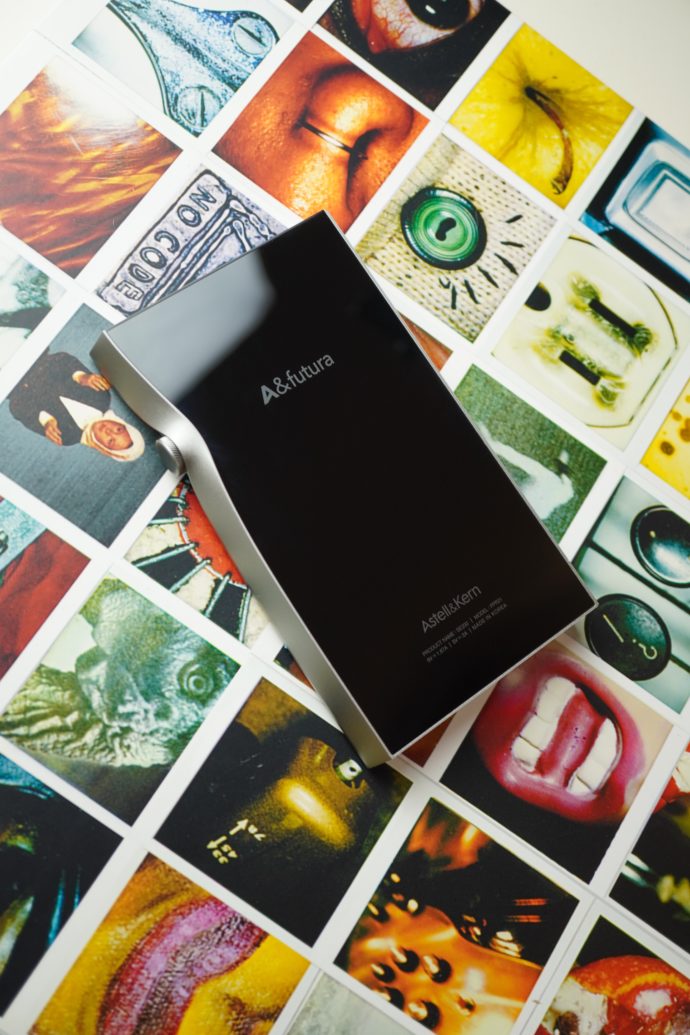
User experience
Having reviewed both the SA700 and SR25 last year, the SE200 is instantly familiar in terms of how you go navigating your way around the device. Being considerably larger than the tiny SR25, the SE200 is a far easier device to scroll, click and (especially) type with. Its 5-inch screen really is quite impressive, and scrolling through menu items is both fluid and responsive without a hint of lag. A master menu gives the user access to the core playback functions of the device, with a ‘home’ and ‘back’ button adding to the Android-esque feel. The device’s settings are accessed by dragging downwards from the top of the screen completes that feel even more.
Loading-up a micro-SD card with a half-Terabyte of FLAC or so, the Astell&Kern SE200 takes a short while to process and sort the metadata of the on-board music before allowing you to surf around and select what you’d like to spend some time with. As an offline player it’s an absolute delight to use – the UX is simple, and switching around between artists and albums really is a pleasure. In addition to the aforementioned DAC filter options, the SE200 has a reasonably nuanced parametric EQ tool to make for precise peaks/dips in the frequency response. It’s reasonably intuitive to use and means that you can store various settings for different headphones/listening options that can be changed-out simply.

Swapping between the two DAC/amp outputs is pretty straight-forward simply unplug from the left-hand side AKM outputs, and plug back into the ESS side to access the other ‘half’ of the SE200’s personality. You will notice two things, however: unplugging headphones does mute the output requiring you to nudge ‘play’ again; and the ESS is noticeably quieter than the AKM amplification stage, having 4.0Vrms versus the AKM’s 6. This does mean that it is somewhat difficult to get a proper ‘scientific’ comparison between both sides due to the fact that it’s neither instantaneous nor volume-matched. On the subject of ‘those’ four headphones outputs, I will remark that I am personally glad Astell&Kern chose 2.5mm for the balanced outputs on the SE200 – probably for reasons of space-saving in this instance due to the fact that they needed to sneak four separate outputs on board. While many manufacturers are including 4.4mm Pentaconn as the go-to balanced connection these days, I love 2.5mm and continue to source this style of cable for many of my full-size headphones including my HD600 and HD650.
Adding wifi makes an already great DAP even more brilliant, meaning that you’re also able to meander through the vast depths of online streaming libraries wherever a signal is present. On that subject, I must note that the wifi is ‘ok’ only. Whereas each of my other devices will report receiving a full signal in every room of my apartment, the SE200 shows only one bar when only a couple of rooms away from my router. As long as you aren’t too far away from the source, the SE200 ought to provide reasonable streaming performance. I only experienced the odd drop-out/stutter whilst using Tidal HD, but for the most part, it was generally good. I find the idea of using a fancy DAP as a Bluetooth source to be a slightly counterintuitive one in that you’re circumventing all those tricky digital and analogue parts that warrant the SE200 its price tag, but the SE200 will happily function as a Bluetooth source when paired with a pair of wireless headphones. Connecting it with the Drop THX Panda is a breeze, and a notification pops up on the screen to advise you that you are indeed listening via aptX HD.
Seeing as you have yourself two (well, three actually considering the twin ESS chips) flagship DAC chips on your hands as well as a capable headphone amplifier, the SE200 manages to fill the role of ‘desktop’ device pretty readily. Plugging it in via the supplied USB-C cable and Selecting it to run as USB DAC via the device settings, my Macbook Pro running Roon recognised the SE200 as an external DAC. Using the SE200 in this fashion as a fully balanced, compact desktop device is extremely convenient and will appeal to those who like listening on-the-go but still want to control proceedings via the library or apps on their computer. The SE200’s large, tactile volume knob works well in this case, being able to be controlled by a simple roll of your left forefinger (if you have it resting on its back).
The only real problem the SE200 exhibits as a portable ‘daily driver’ is its relative heft – if you’re about to run out the door for a run or stash a few things into your jacket pocket, then the SE200 isn’t exactly amenable in that regard. In fact, I still had its much smaller stablemate – the SR25 – on-hand during my review time with the SE200, and I would actually tend to reach for the less expensive Astell&Kern player when leaving the house when I needed an on-the-go listening solution. But, then again – that’s exactly what Astell&Kern intended the SR25 to be. The SE200 is more of a big, burly, overly-equipped device that’s intended to act as a “do all” digital source with the balls to drive full-size cans, and the brains to go toe-to-toe with a desktop DAC…two of them, in fact.
Check out our listening impressions and final thoughts on the SE200 on page 3.






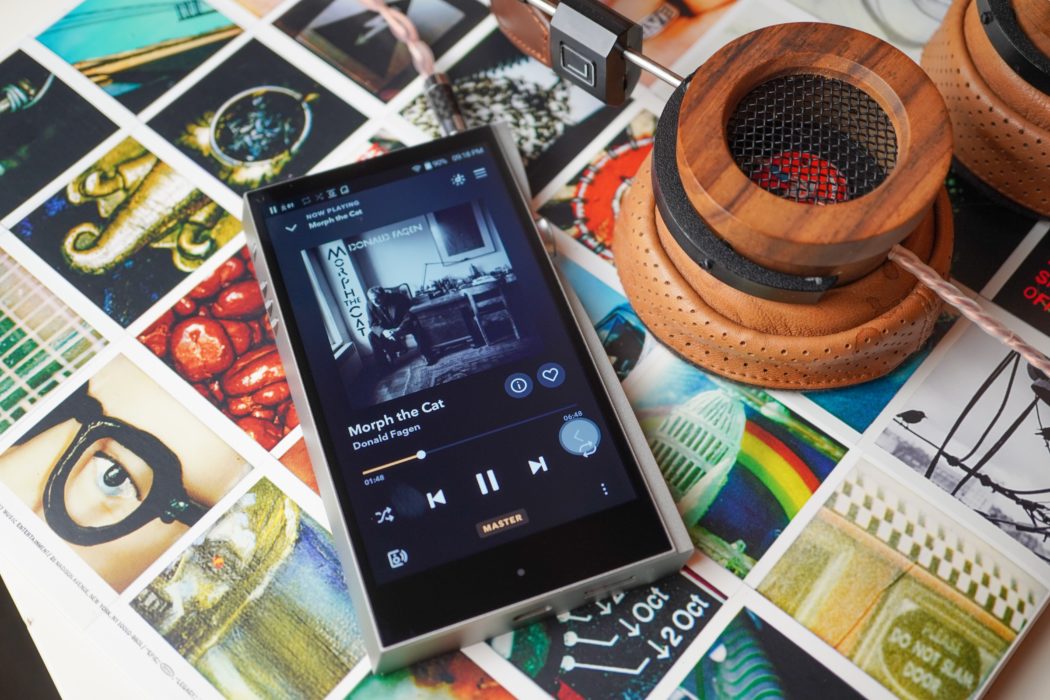

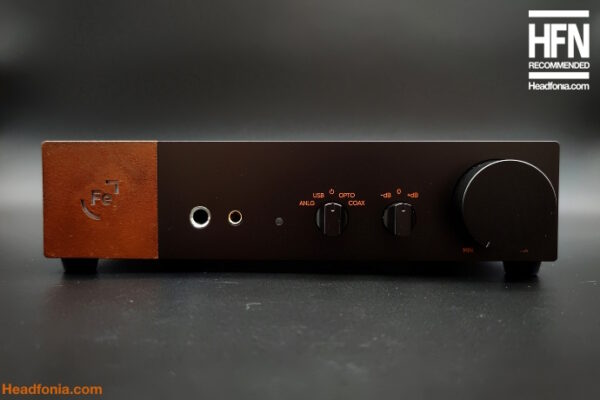
MR FRIPP
It’s a really good sounding DAP. Beats my previous DAP like the m11, m11 pro, shanling m6, kann, sr25/15 and hiby r6 pro. I was thinking to get the SA700 because someone said that the sound was really good but after to read a lot of bad comments about it (too slow, Get very hot, poor wifi signal, 4 hours to charge the battery, poor battery life, and so on) I pull the trigger in the SE200 and i’m very happy with it.
For me it one of the best DAP in the market today because you can get good sounding DAPs with some software or hardware issues affecting the user experience and the idea to put 2 dac in one unit was great and works perfect.
Also there are more expensive DAPs but the SE200 get close to them too.
Eleazar
I’m planning to replace my SA700 by the SE200.
What was your experience related with the working temperature?
I normally listen in DSD format, and the SA700 is uncomfortable since it gets really hot.
How was the experience with the SE200?
Matty Graham
I’ve never noticed it getting hot during extended listening. I only havE one album on DSD, and I never listen to it though.